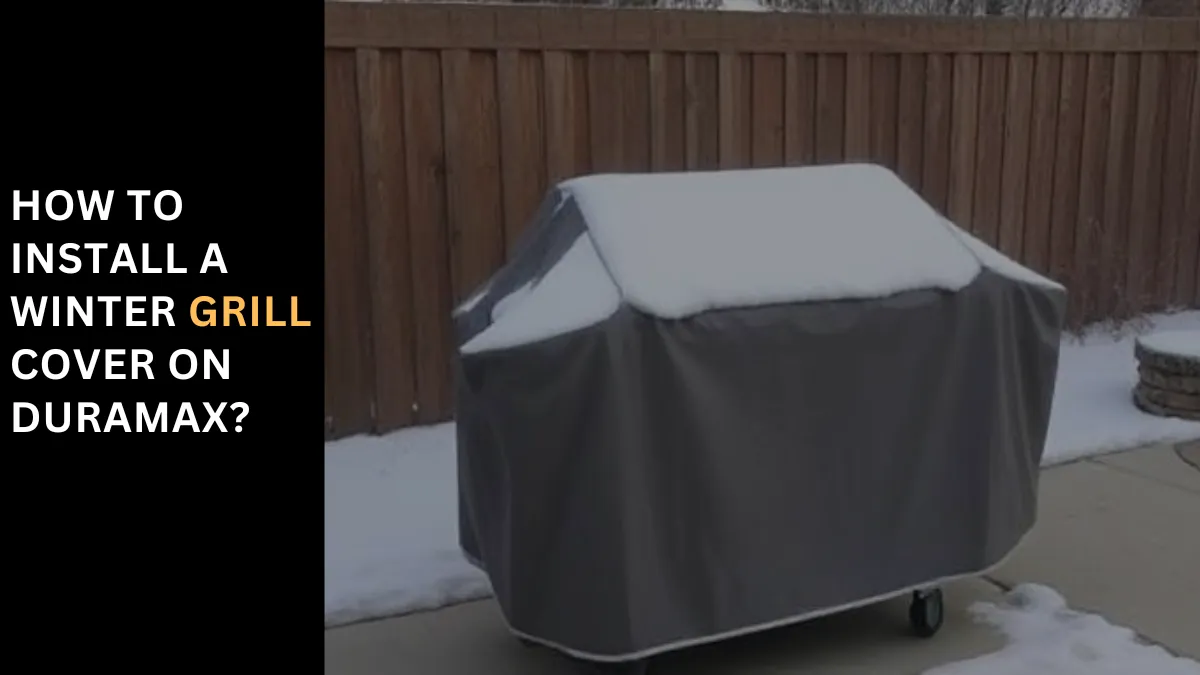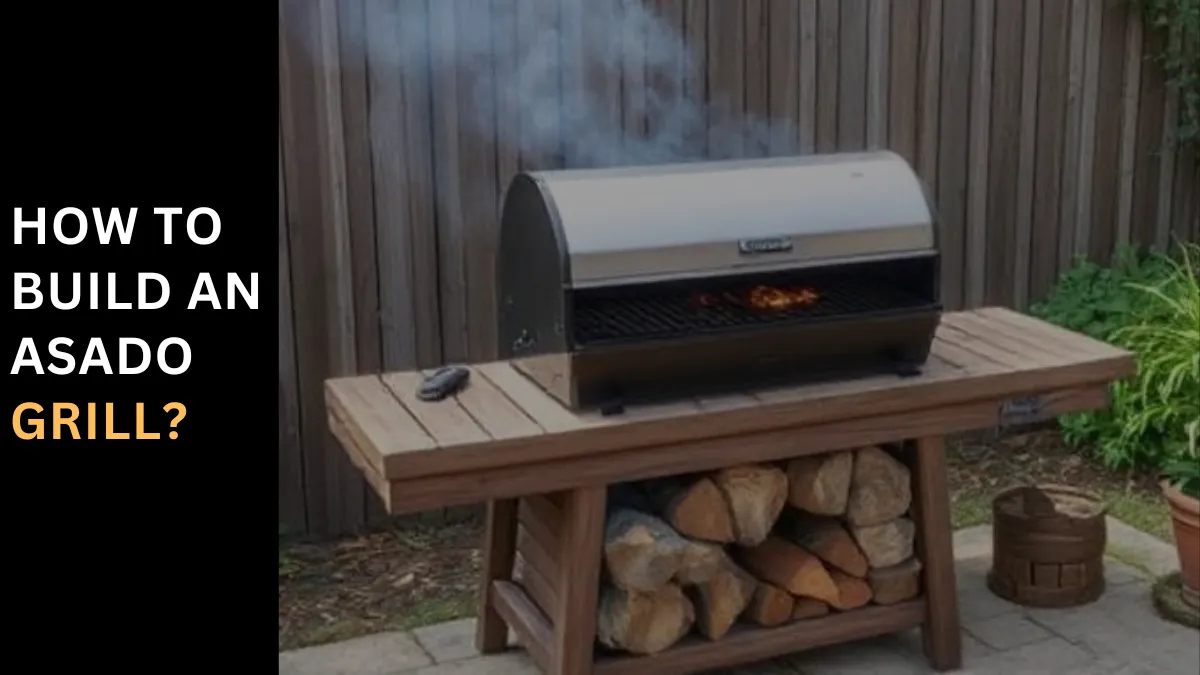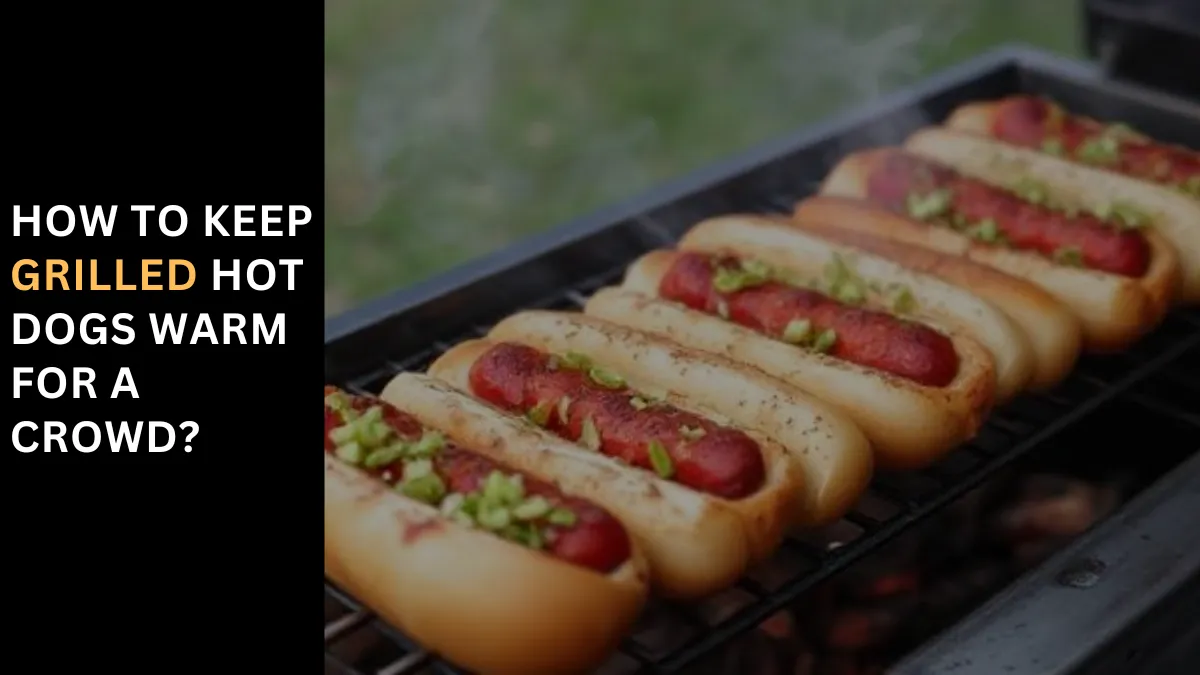Do You have to Flip Meat on a Pellet Grill
Should You Flip Meat When Smoking?
When it comes to smoking meat, the goal is to add a delectable flavor and create a depth of taste that transforms a simple cut into a culinary masterpiece. For new pitmasters and those trying it for the first time, this can seem like a daunting task.
The best way to become great in this field is by putting in the time to learn and experience, perfecting your skills. One of the key secrets is attention to detail, which is required in various factors that play a part in the process.
To ensure you pay close attention, it all starts with the cut of meat you choose, the seasonings used, the type of wood selected, and crucially, temperature control. After these processes, don’t forget the importance of resting your meat before you slice it. These steps collectively contribute to whether or not flipping the meat is necessary.
CAN I FLIP MEAT WHEN SMOKING?
One of the most commonly asked questions is whether you can flip meat while smoking. The answer to this question is relative, depending on various factors such as the size and position of the meat, as well as the heat source.
Remember, smoking necessitates slow and low cooking, and keeping a close eye on the temperature is essential to maintain constant temperatures. This can be challenging, and flipping larger cuts might mean having to open the smoker too often, which can affect the cooking process.
Access to the meat and the heat source can make a significant difference in the outcome. In my experience, maintaining a steady temperature and being patient with the process are more critical than flipping the meat. Each time the smoker is opened, there’s a risk of temperature fluctuations that can affect the cooking process.
However, for some smaller cuts or specific recipes, flipping might be beneficial to ensure even cooking.
SIZE OF YOUR CUT OF MEAT
When grilling on a pellet grill, the size of your cut of meat plays a crucial role. Small cuts of meat tend to cook faster than larger pieces. For the smaller cuts, I often recommend flipping them at least once, halfway through the cooking process. The thickness of each piece is also significant in determining whether you should flip or not. From my experience, flipping ensures even cooking, especially for thicker and larger cuts.
SIZE OF THE SMOKER
The size of your smoking area greatly influences the cooking time and method. In a large cooking area, it’s often necessary to flip or rotate the meat to ensure it cooks evenly. Food in some smokers can experience cold and warm parts due to indirect heat.
That’s one reason I recommend acquiring a top-notch smoker like the Bradley Smoker. Its vertical design and electric heat source offer better control over temperature, and a good smoker can save you the hassle of constantly rotating the meat.
The well-positioned racks in these smokers allow for an even distribution of smoke and heat. My advice? Don’t rush into flipping every cut. Allow the smoke and heat to work their magic while, and only after, consider flipping for uniform cooking.
When To Flip Meat On A Pellet Grill (Explained)
Pellet grills are versatile cooking machines capable of everything from slow smoking a brisket to grilling burgers or even baking a pizza. It’s no wonder there’s a debate about whether meat should be flipped, unlike with regular charcoal or propane grills where food can easily be burned.
For Slow-smoked items like ribs typically smoked at around 225°F, flipping is less necessary than for items cooked at higher temperatures, such as steaks grilled at 450°F.
Smoking is a low, indirect method where the air surrounding the meat affects how it cooks, reducing the need to cover or flip. Let’s explore some common scenarios where flipping needs to be considered.
Do Not Flip Meat When Smoking Low and Slow
A common cooking method on a pellet grill is to smoke at low-temperature settings for multiple hours. Thankfully, due to the simple use of electricity and a hopper full of wood pellets, it’s better to leave smoked items at these temperatures unflipped for a faster and more even cook.
For instance, a brisket shoulder can sit for over 10 hours until it’s ready to be pulled off. You might spritz them with apple cider vinegar mid-smoke or wrap them in foil and put them back, but there’s no real need to flip them. These techniques are used to retain moisture and add flavor, not to cook the other side.
Flip Meat When Cooking On High Temperatures
When cooking items like burgers or searing a steak on a pellet grill, they must be flipped to avoid being overcooked. Grilling at high temperatures, often around 450°F, is a game-changer. Think of preparing a delicate wagyu steak on a Traeger set to High.
The heated heat from the smoke rising from the bottom firepot, where the wood pellets burn, creates an intense environment. In this article, you’ll learn how this differs from charcoal or propane grills.
Foods cook faster on the top when set to a high temperature, unlike smoking at low temps inside the drum, where the smoky air circulates evenly around all sides of the meat. Flipping must be done, otherwise, your prized cut may burn.
Sear Meat at High Temperatures on Pellet Grills
Similar to other forms of cooking, grilling meat at high temperatures on pellet grills demands a specific approach, especially for items like steaks that are best when seared.
This article explores finding the perfect temperature for searing. It’s advisable to preheat the grill for at least 10 minutes. The internal areas of a pellet grill heat up quickly, making it ideal for searing. Flipping the meat during this process ensures an evenly cooked, perfectly seared exterior.
Grill on Pellet Grills with Lid Closed
Regardless of whether you choose to flip the meat or not, the lid must remain closed on pellet grills, unlike charcoal or propane grills that generate immense heat directly from the fire.
In pellet grills, a baffle distributes smoke and heat throughout the cooking chamber. One common trouble with pellet grills is maintaining consistent temperatures when you open and close the lid too often. Keeping it closed ensures an even cooking environment.
HOW TO KNOW IF THE MEAT IS COOKED WELL
When smoking to prepare meat that’s savory and delicious, leaving your guests wanting more, the big question often is if it’s cooked enough. Many people find it hard to determine when the meat is ready, especially new to the world of smoking, which can be challenging and discouraging. Flipping shouldn’t be your main worry; it’s an easy task to accomplish.
The best way to know is by using a cooking thermometer to monitor the internal temperature. I highly recommend this method to guarantee that your meat is evenly cooked, juicy, and tender.
A key note to remember is that different meats have their recommendations. For specific advice, consult a food smoking guide for your specific type of meat.
Conclusion:
In summary, flipping meat on a pellet grill is not always necessary, and it largely depends on the type of meat and your desired cooking outcome. While some cuts may benefit from flipping to ensure even cooking and browning, others, like thick steaks or roasts, can be cooked effectively without flipping.
Ultimately, the key is to monitor the meat’s internal temperature and appearance to determine when it’s ready, deciding to flip or not a matter of your cooking preferences and the specific cut you’re grilling.
People also ask
Do I need to turn meat into a smoker?
In the realm of smoking meat, a common mistake among novice smokers is the unnecessary worry about needing to turn or flip the meat. In a smoker, the meat cooks indirectly, meaning it’s evenly cooked from all sides without the hotter exposure one might expect from a traditional grill.
So, the answer is a resounding NO; you don’t have to flip the meat when smoking.
Should I flip a chuck roast while smoking?
When it comes to smoking a chuck roast, it’s a slightly different story. After placing the roast in the smoker and inserting temperature probes, it’s advisable to flip the meat about every hour once the bark is fully developed, and the internal temperature reaches 165°F.
This flipping can be done safely using long tongs or barbecue gloves, ensuring an evenly cooked roast.
Do I need to flip meat on Traeger?
When using a Traeger grill, flipping meat is part of the process, especially when cooking at high temperatures. For instance, set your Traeger to 500 degrees Fahrenheit and preheat for 15 minutes with the lid closed.
When grilling steaks, place them on the grill and cook for 4 to 6 minutes on each side, flipping occasionally, until the internal temperature reaches 135 degrees for a perfect medium-rare finish.



